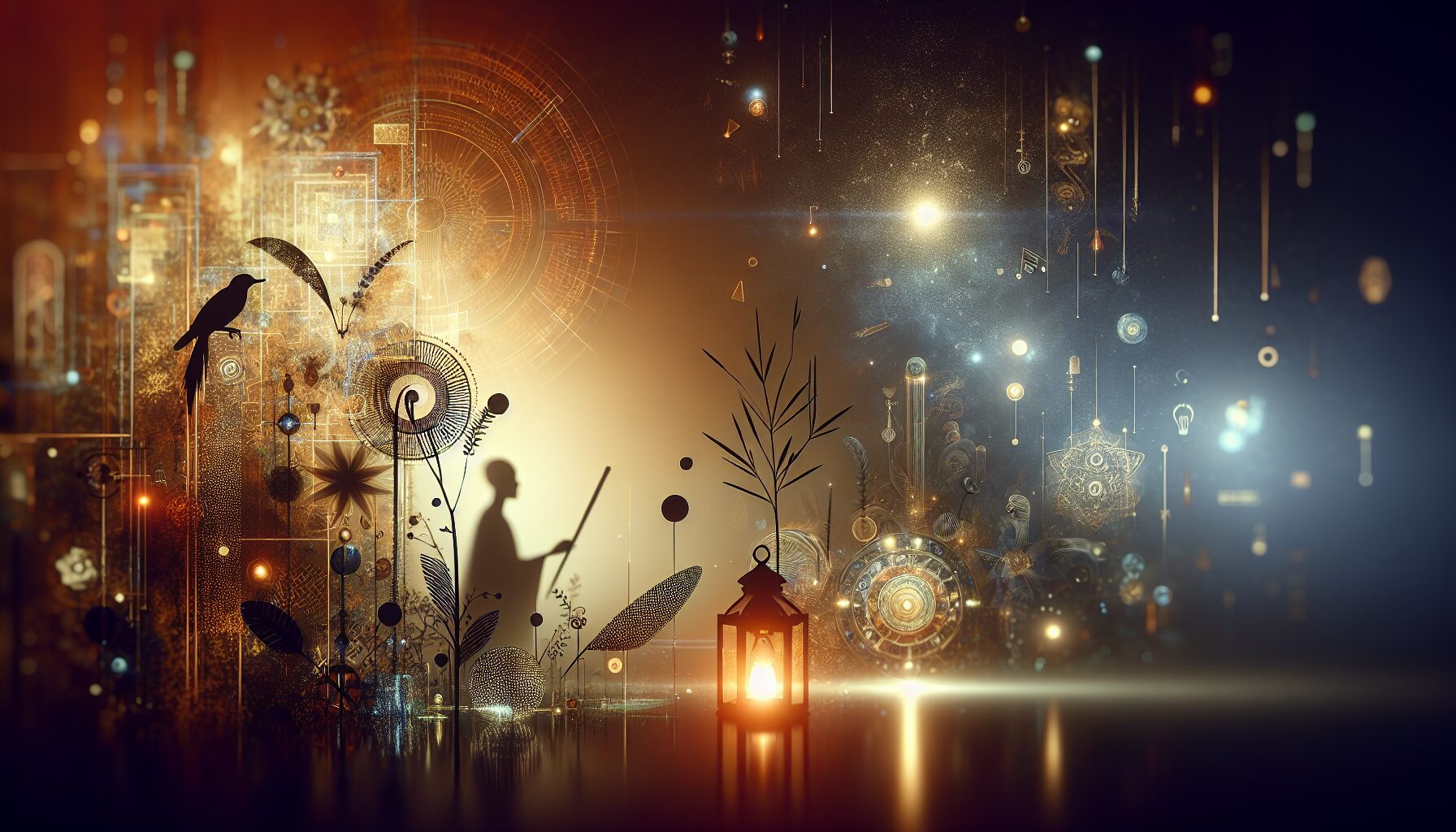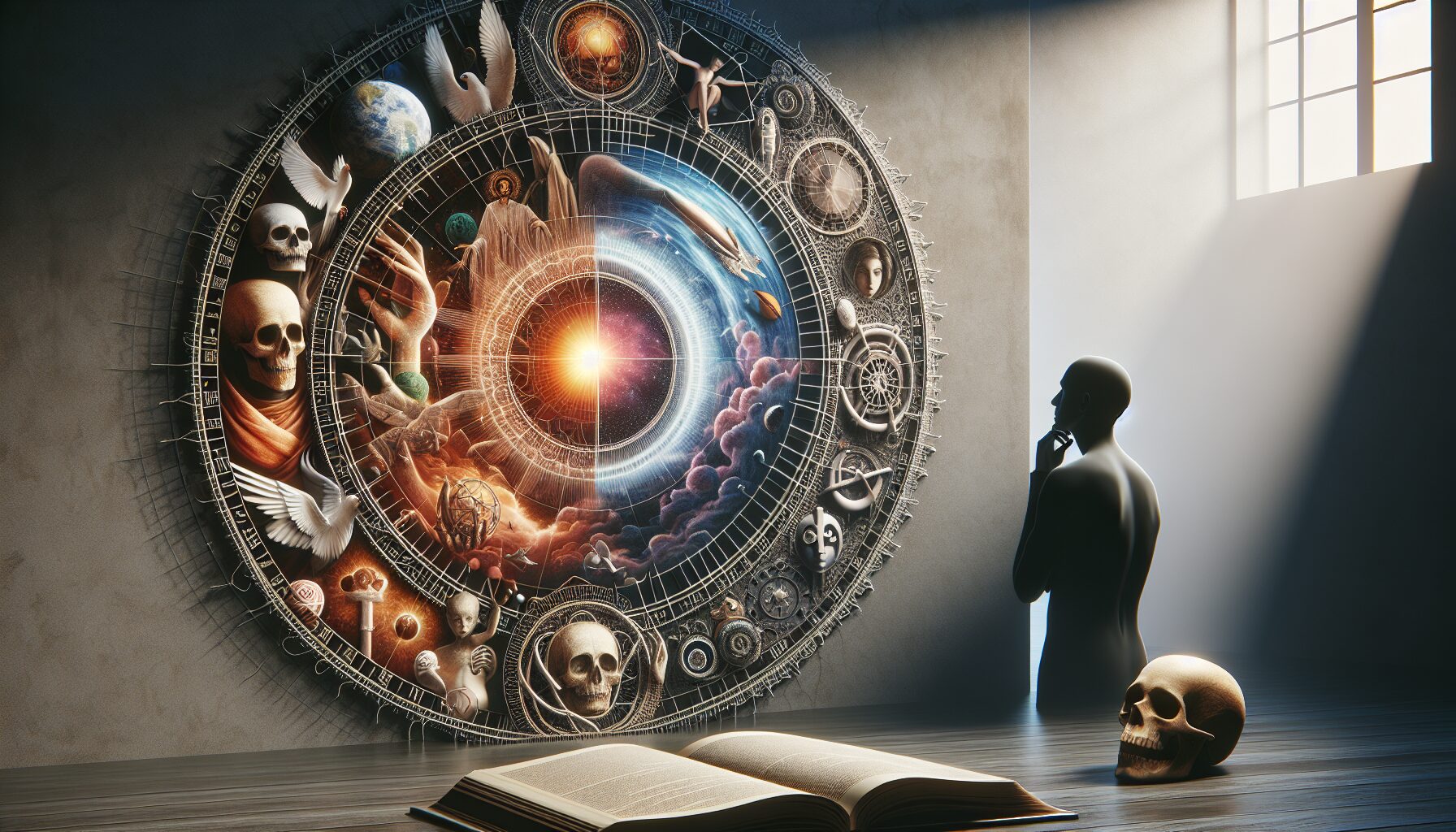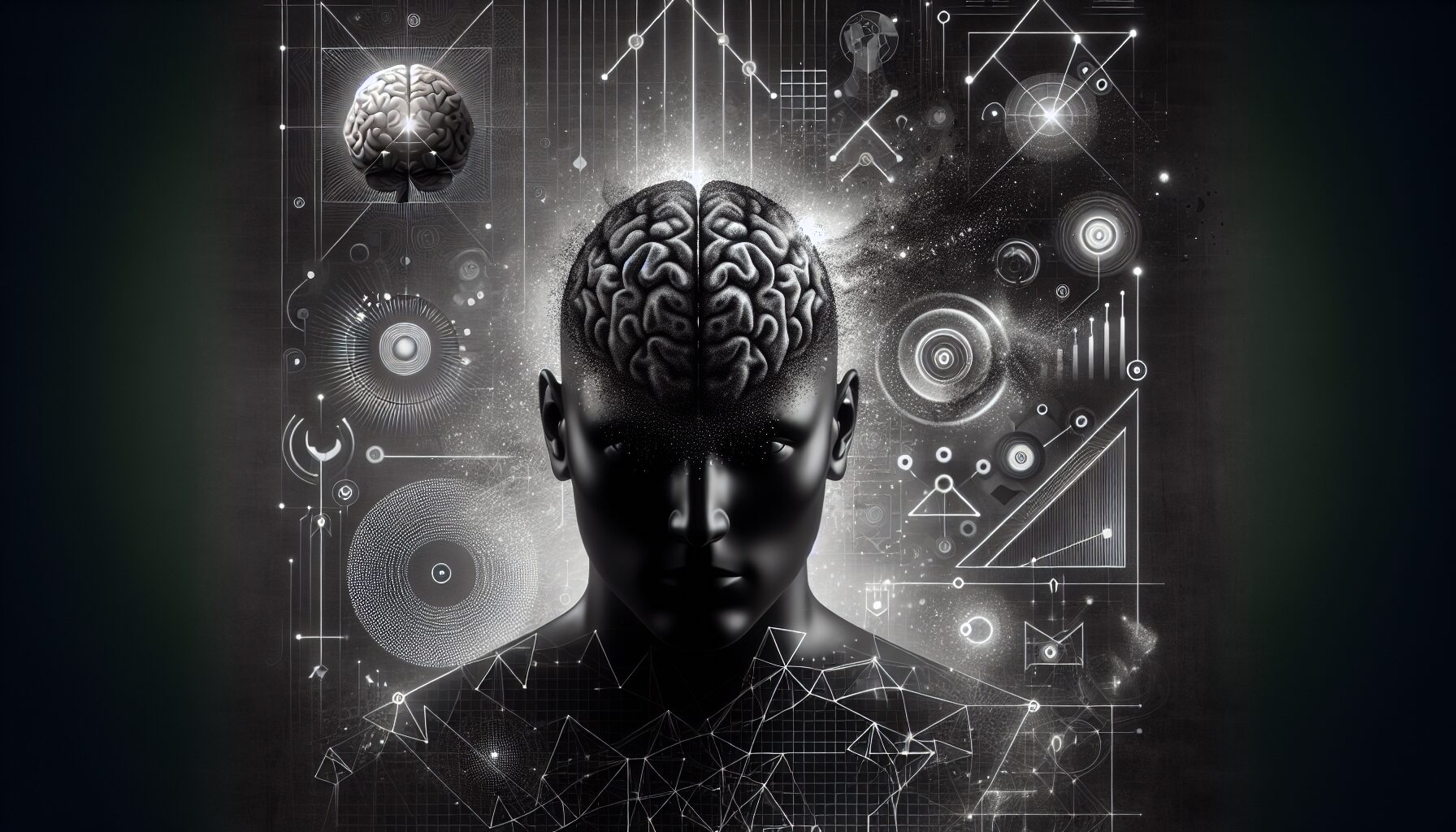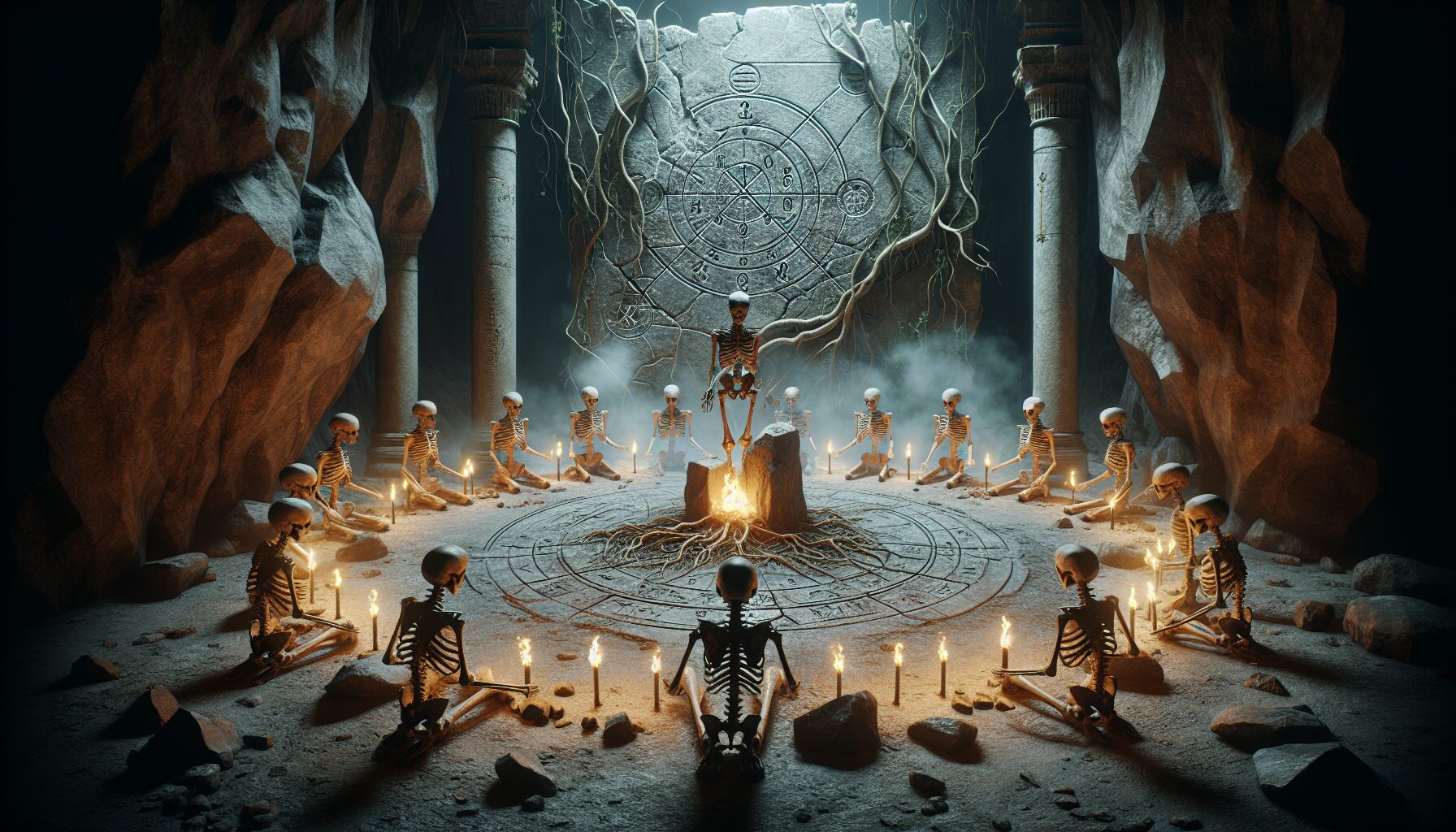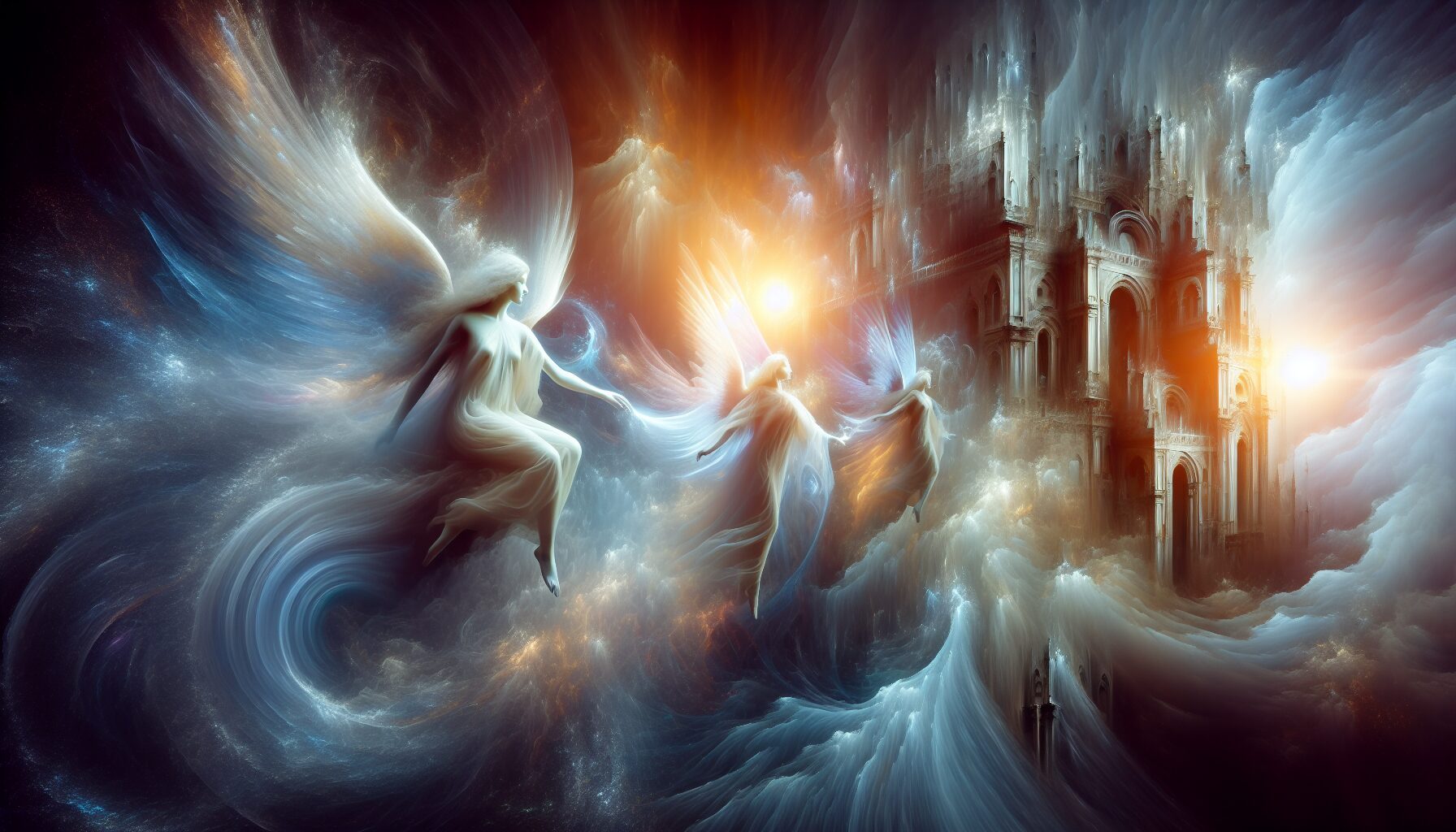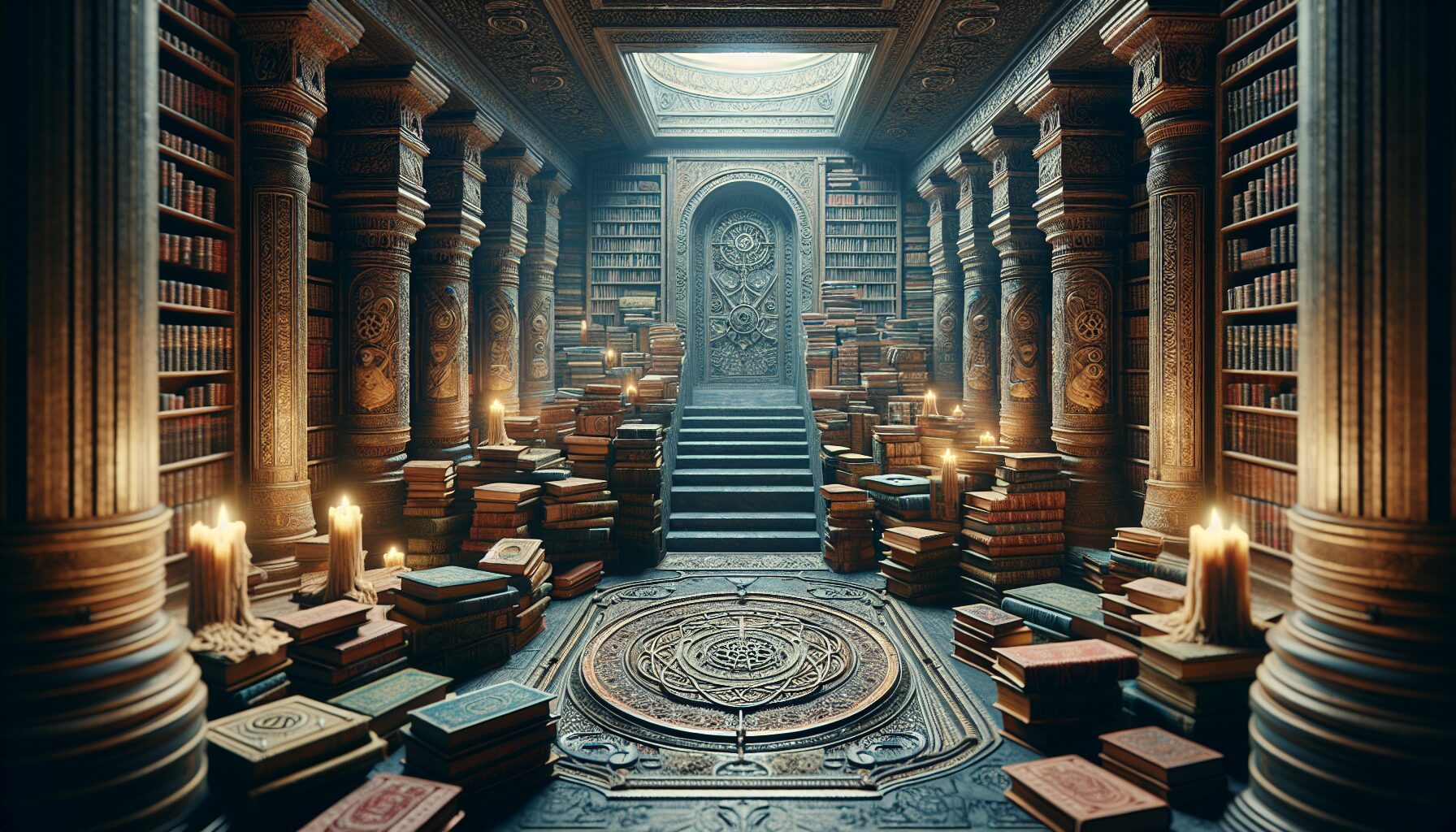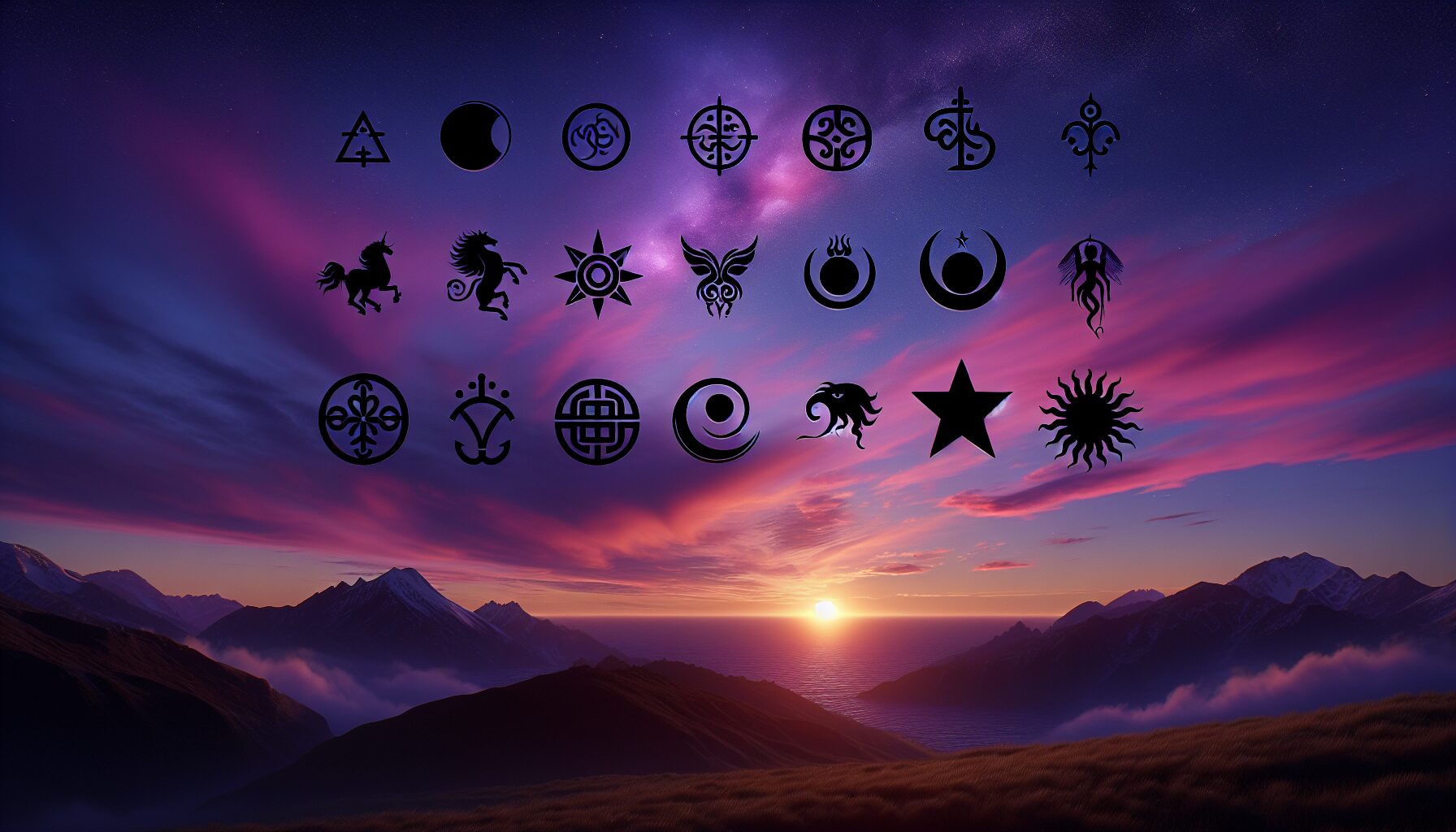Gothic Horizons Revisited: Dark Culture in Modern Times
The Gothic subculture has always been an enigmatic and perennial presence in the tapestry of modern culture. Emerging from the post-punk era of the late 1970s and early 1980s, Gothic culture has evolved from its shadowy roots into a multifaceted phenomenon. Today, as we revisit Gothic horizons, the allure of the dark mingles with modern sensibilities, creating a compelling dialogue between past and present.
The Origins of Gothic Culture
The Gothic subculture found its inception in the works of bands like Bauhaus, Siouxsie and the Banshees, and The Cure—each instrumental in crafting the soundscapes and aesthetics that fans would come to associate with the genre. The 1979 Bauhaus single “Bela Lugosi’s Dead” is often cited as a cornerstone in Gothic music history. Peter Murphy’s haunting baritone vocals set against stark, minimalist instrumentation paved the way for the architectural elegance of Gothic music and style.
As the music scene burgeoned, so did the aesthetics. Venues like the Batcave in London served as hubs for Goths, presenting a blend of music, fashion, and art that thrived on a celebration of the macabre and the surreal.
The Evolution of Gothic Fashion and Style
Gothic fashion has always been characterized by a striking palette of blacks and velvety textures, adorned with lace, leather, and metal. In modern times, this fashion sense has evolved to include a wider spectrum of colors and influences—but the heart of it remains the same: a celebration of individuality and a rebellion against mainstream norms.
- Haute Goth: High fashion has echoed Gothic vibes through designers like Alexander McQueen and Jean Paul Gaultier, who have integrated dark romanticism into their collections. The recent Met Gala themes, often embracing Gothic elements, have brought this style further into the limelight.
- Cyber Goth: This modern twist fuses traditional Gothic style with elements of industrial and futuristic aesthetics. Bright neon colors, often paired with traditional black, create a striking contrast.
Gothic Art and Literature Reinterpreted
The influence of Gothic literature, with its roots in the dark romanticism of authors like Edgar Allan Poe and Mary Shelley, persists in contemporary storytelling. Modern Gothic literature—works like Neil Gaiman’s The Graveyard Book or Sarah Perry’s The Essex Serpent—is characterized by a rich narrative that delves into human psyche through the lens of the eerie and the supernatural.
“Gothic tales thrive because they grapple with contemporary anxieties, making them feel immediate and relevant—a dark mirror held up to our times.” – The Paris Review
Gothic Influence in Today’s Media
Contemporary media continues to explore and evolve the themes prevalent in Gothic subculture. Television shows like Penny Dreadful or The Haunting of Hill House, along with movies like Crimson Peak by Guillermo del Toro, showcase the expansive Gothic imagination, threading through narratives of horror, mysticism, and emotional depth.
Moreover, music continues to play a vital role. Artists like Chelsea Wolfe and The Birthday Massacre blend Gothic elements with electronic music, creating soundscapes that evoke both nostalgia and novel interpretations.
The Global Reception of Gothic Culture
What was once seen as a niche subculture has opened its gates to a broader audience. The worldwide appeal of Gothic culture is reflected in events such as the Wave-Gotik-Treffen in Leipzig, Germany, one of the largest festivals celebrating Gothic music and arts. The international proliferation of Gothic culture can also be seen in countries like Japan, where the “Gothic Lolita” fashion trend reimagines Gothic style with a unique cultural twist.
“Gothic culture has a unique ability to adapt and re-invent, ensuring its survival and relevance in an ever-changing world.” – The New Yorker
Conclusion
Revisiting Gothic horizons in modern times offers a glimpse into how this subculture has transitioned from the margins to a celebrated element of contemporary culture. With its origins steeped in darkness and rebellion, today’s Gothic culture captures the spectrum of human emotions and experiences, offering both solace and inspiration to outsiders and insiders alike. As it evolves, it beckons us to see beyond the shadows, embracing a paradoxical light within darkness—a sentiment that is as profound now as it ever was.

